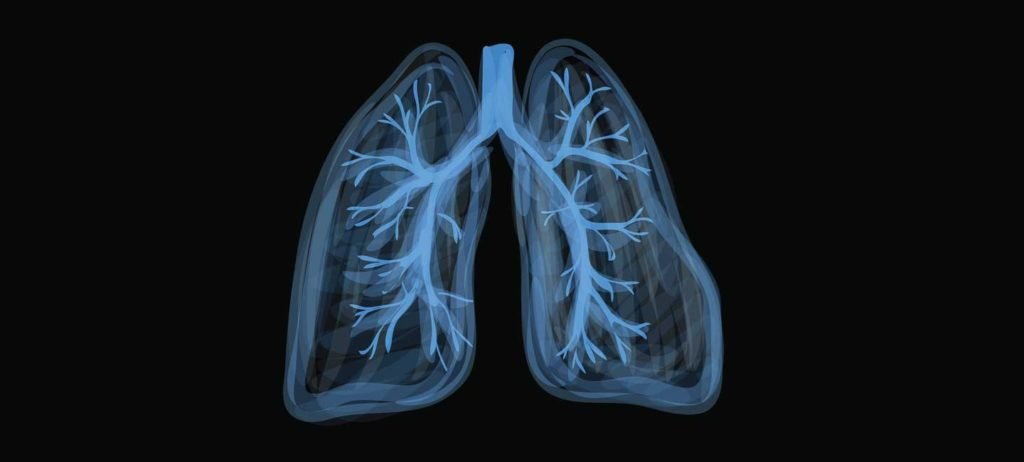According to a recent, massive study, the condition of one’s lungs may have a lot to do with the size of one’s bank account.
The discovery is the result of a six-decade study of the risk of lung illness in almost 215,000 American children and adults.
The Financial Status Also Has An Impact On Individual’s Lung Health
In general, impoverished Americans continue to have lower lung health than their affluent counterparts. In certain circumstances, the gap between affluent and poor is growing.

According to research, main author Dr. Adam Gaffney, they looked at long-term changes in socioeconomic inequality in Americans’ lung health. They specifically examined the prevalence of lung symptoms such as shortness of breath, lung disease diagnoses such as asthma or COPD [chronic obstructive pulmonary disease], and lung sizes. (The amount of air retained in the lungs throughout various stages of breathing.)
The researchers combed through survey data collected by the Centers for Disease Control and Prevention between 1959 and 2018. The participants’ ages ranged from 6 to 74.
The questionnaires inquired about smoking habits and lung health. Lung function testing was also performed.
After comparing responses to wealth and educational background, the study team determined that, while large differences in lung health existed in the 1960s, inequalities in risk have grown by some metrics.
Tobacco use is a prime example. Before the 1980s, smoking habits had minimal correlation with economic level, according to Gaffney and his colleagues. However, the researchers discovered a dramatically altered landscape over time, with the wealthiest Americans reaping the greatest benefits. Their smoking rate fell from over 63 percent in 1971-1975 to 34 percent in 2018.
During the same time, smoking rates between the lower fifth of income earners remained essentially constant at 56 percent to 58 percent.
Beginning in the late 1980s, wheeze risk decreased among individuals with larger bank accounts and higher educational attainment, whereas impoverished Americans showed minimal change.
By other measures, over 45 percent of the poorest Americans experienced shortness of breath when exerting themselves in the early 1970s. Today, that percentage is around 48%.
However, just 26% of the wealthiest Americans felt the same back then, and that ratio is still just 28% now.
And, while the risk of asthma among children has increased regardless of wealth, it has risen more substantially among the poor. Today, just 7% of the nation’s wealthiest children suffer from respiratory issues, compared to roughly 15% of the poorest children.
The study discovered that among adults, a long-standing income disparity in terms of COPD risk and lung volume health has become worse.
As per Gaffney, there is a rising class disparity in tobacco use in the United States, which explains some, but not all, of the discrepancies they observed. Other variables, such as disproportionate exposure to air pollution or unsanitary working conditions, or differential access to health care, may also have a role.
Overall, the data imply that, despite improvements in air pollution and access to health care in recent decades, the means of excellent lung health are not equally available to all Americans, according to Gaffney.
Even though the study was completed before the emergence of COVID-19, Gaffney believes the pandemic has emphasized the health difference for millions of impoverished Americans. Long-standing disparities in lung health, he added, made many patients prone to COVID pneumonia.
The findings did not surprise Dr. Sarath Raju, co-author of an accompanying editorial. However, he added, it is nevertheless remarkable to witness the magnitude of such differences and how they have only grown over time.
If actions are not done to address these differences in lung health, they are likely to have a dramatic impact on individuals of all ages across the United States, according to Raju, an assistant professor of medicine in pulmonary and critical care medicine at Johns Hopkins University in Baltimore.
Making tobacco quitting and prevention services more accessible, according to Raju, would be a positive step. He did, however, warn that much more study is required to properly understand the racial, environmental, and institutional dynamics at work.

